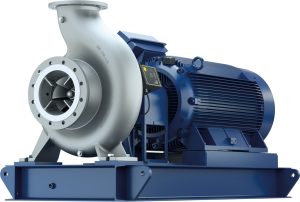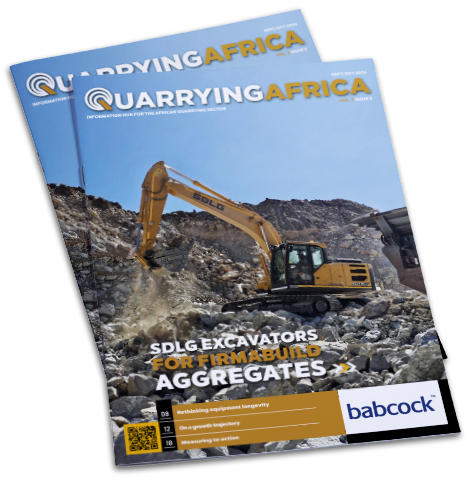No matter how much we talk about health and safety in the surface mining industry, it is our actions that ultimately decide whether our plans are successful or not.
This is according to Nico Pienaar, director of surface mining industry association, ASPASA, who believes that these 10 basic steps can help make a significant difference to a mine’s safety record. As part of a larger health and safety framework, the following tips are easy to remember and serve as a basic to start from.
- Conduct a comprehensive and professional risk management assessment to identify the potentials for health and safety concerns.
- Adopt a health and safety management plan, such as ASPASA’s ISHE requirements, and implement it methodically throughout your organisation.
- Communicate and consult with all levels of employees, including sub-contractors, about their safety requirements and concerns. Note these and include them in your safety management strategy.
- Document all findings and incorporate them into your health and safety file. Remember these may be needed in the event of evidence being required.
- Inductions need to be conducted for all new workers and visitors to the mine who will have access to the mining site. This should include evacuation, first aid and fire drills.
- Comprehensive and ongoing training should be given to employees. Training must be appropriate to their work and seniority and should be updated as the person progresses or changes roles within the mine.
- Undertake at least one annual audit/check, such as offered by ASPASA, to establish whether you ticked every block to ensure compliance with legal requirements.
- Create a culture of safety by sharing information and acting fairly and appropriately when transgressions occur. Highlight the need to work together to identify health and safety risks and encourage two-way communication at all levels.
- Report accidents on time and in accordance with requirements of the company, as well as those of the Department of Mineral Resources and Energy (DMRE). This will ensure that information exists to put preventative measures in place within the organisation and industry-wide if required.
- Correct behaviours that may be repeating over and again. It is often said that “it’s the way we have always done it” but that doesn’t mean it’s the right way. Train, train, and train again and be alert to risky behaviours no matter how familiar they are.
“While not a comprehensive list of steps to ensure safety and health of all on site, it is a good start. For those who have not yet joined ASPASA now is a good time to do so. Remember one mistake can cost lives,” concludes Pienaar.





